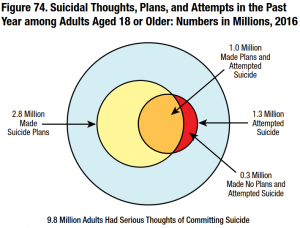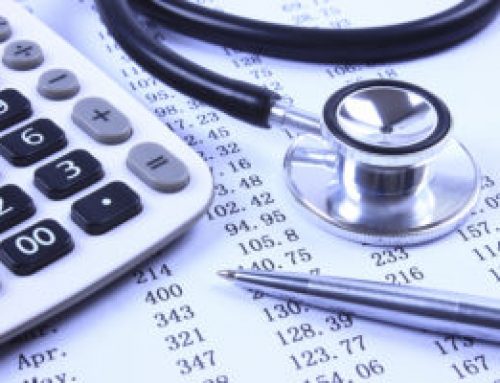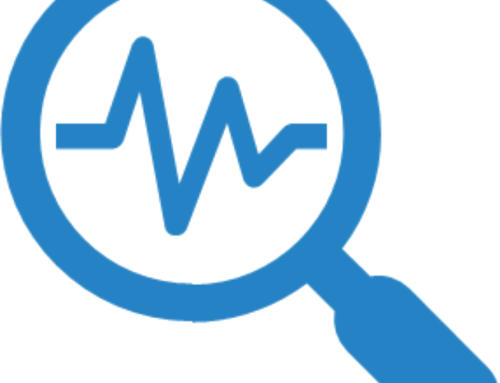| BHM’s reputation as a leader in behavioral health review services understands the unique factors facing behavioral health challenges. 6 of the top 10 largest health plans entrust BHM for behavioral health peer reviews. CLICK HERE to learn more about how BHM helps your organization address BH opportunities. |
Population trend data outlines the behavioral health challenges and changes occurring throughout the United States. For payers, understanding the movement of population segments help estimate coverage patterns and potential for claims submissions. Substance Abuse and Mental Health Services Administration’s (SAMHSA) released the National Survey on Drug Use and Health (NSDUH) annual survey of the population of the United States ages 12 years or older. The main First Findings Report contains a cross-section of NSDUH data on substance use and substance use disorders, mental health issues among adults and adolescents, and co-occurring disorders.
Behavioral Health Challenges
Major Depressive Episode (MDE)
In 2016,
- 12.8 percent of adolescents aged 12 to 17 (3.1 million adolescents)
- 10.9 percent of young adults aged 18 to 25 (3.7 million) had a MDE
The percentages of adolescents and young adults in 2016 who had a past year MDE were higher than the corresponding percentages prior to 2015.
 Among the 3.1 million adolescents and 3.7 million young adults in 2016 who had a past year MDE, 1.2 million adolescents (40.9 percent) and 1.6 million young adults (44.1 percent) received treatment for depression. The percentage of adolescents in 2016 with an MDE who received treatment for their depression was similar to the percentages in most prior years. Among young adults, the percentage with an MDE who received treatment for depression was similar to or lower than the percentages in prior years.
Among the 3.1 million adolescents and 3.7 million young adults in 2016 who had a past year MDE, 1.2 million adolescents (40.9 percent) and 1.6 million young adults (44.1 percent) received treatment for depression. The percentage of adolescents in 2016 with an MDE who received treatment for their depression was similar to the percentages in most prior years. Among young adults, the percentage with an MDE who received treatment for depression was similar to or lower than the percentages in prior years.
Mental Illness among Adults
In 2016, an estimated
- 44.7 million adults aged 18 or older (18.3 percent) had any mental illness (AMI)
- 10.4 million adults in the nation had a serious mental illness (SMI), representing 4.2 percent of all U.S. adults.
Although the 2016 percentages of adults with AMI or SMI among adults aged 18 or older were similar to the percentages since 2010, a higher percentage of young adults was experiencing AMI and SMI. The 2016 percentage of young adults with SMI was higher than the percentages in each year since 2008, and the 2016 percentage of young adults with AMI was higher than the percentages in 2008 to 2014.
Mental Health Service Use among Adults
In 2016, an estimated
- 35.0 million adults aged 18 or older (14.4 percent of adults) received mental health care.
- 19.2 million of the 44.7 million adults with AMI (43.1 percent) received mental health services.
- 6.7 million of the 10.4 million adults with past year SMI (64.8 percent) received mental health services.
Co‑Occurring MDE and Substance Use among Adolescents
 In 2016, the percentage of adolescents aged 12 to 17 who used illicit drugs in the past year was higher among those with a past year MDE than it was among those without a past year MDE (31.7 vs. 13.4 percent). An estimated 333,000 adolescents (1.4 percent of all adolescents) had an SUD and an MDE in the past year. Among adolescents who had a co-occurring MDE and an SUD in the past year, 71.9 percent received either substance use treatment at a specialty facility or mental health services in the past year.
In 2016, the percentage of adolescents aged 12 to 17 who used illicit drugs in the past year was higher among those with a past year MDE than it was among those without a past year MDE (31.7 vs. 13.4 percent). An estimated 333,000 adolescents (1.4 percent of all adolescents) had an SUD and an MDE in the past year. Among adolescents who had a co-occurring MDE and an SUD in the past year, 71.9 percent received either substance use treatment at a specialty facility or mental health services in the past year.
Co‑Occurring Mental Illness (AMI or SMI) and Substance Use Disorders (SUD) among Adults
An estimated:
- 8.2 million adults aged 18 or older (3.4 percent of all adults) had both AMI and SUDs.
- About half of the adults with co-occurring AMI and an SUD in the past year did not receive either mental health care or specialty substance use treatment
- 2.6 million adults (1.1 percent of all adults) had co-occurring SMI and SUDs.,
- About 1 in 3 adults with co-occurring SMI and an SUD did not receive either type of care.
Suicidal Thoughts and Behavior among Adults
 In 2016, an estimated
In 2016, an estimated
- 9.8 million adults aged 18 or older reported they had thought seriously about trying to kill themselves,
- 2.8 million reported that they had made suicide plans,
- 1.3 million made a nonfatal suicide attempt.
- 2.8 million reported that they had made suicide plans,
The percentage of young adults aged 18 to 25 with serious thoughts of suicide was higher in 2016 than in 2008 to 2014.
BHM’s reputation as a leader in behavioral health review services understands the unique factors facing behavioral health challenges. 6 of the top 10 largest health plans entrust BHM for behavioral health peer reviews. CLICK HERE to learn more about how BHM helps your organization address BH opportunities.






